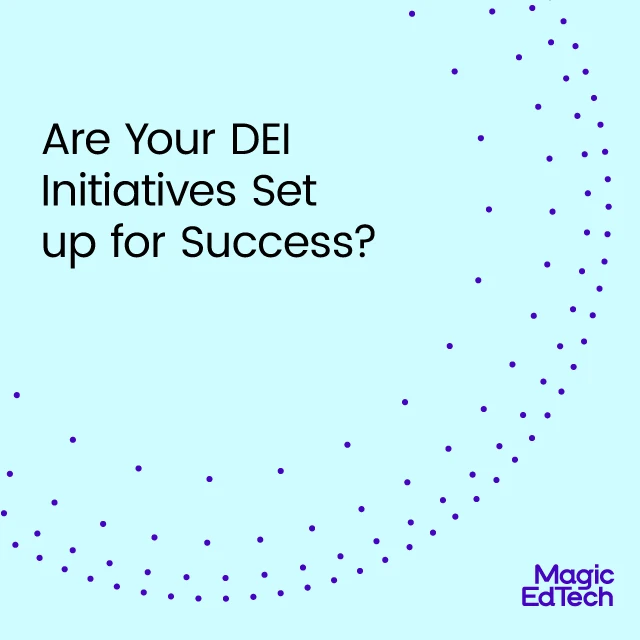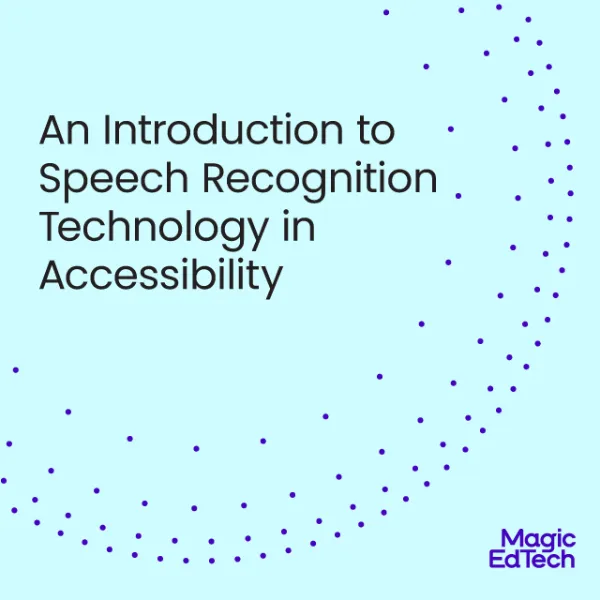AI for All: A Vision of an Accessible Future Through Innovation
- 22 August, 2023
- Reading Time: 4 mins
In an increasingly digital world, accessibility takes on a new level of significance. It’s about ensuring that everyone, regardless of their abilities, can access and interact with technology and information. This is where the transformative power of Artificial Intelligence (AI) comes into play. AI has the potential to help break down barriers and create a more inclusive society by providing innovative solutions for individuals with disabilities. The synergy between accessibility and AI is reshaping the way we approach inclusivity. While AI is driving innovation and offering new tools, the importance of human involvement remains to be an important step. The manual review ensures that AI-generated solutions are accurate, unbiased, and aligned with the diverse needs of individuals with disabilities.

Benefits of AI for Accessibility
AI is revolutionizing accessibility by creating new avenues for inclusion and empowerment:
AI in Technologies for Accessibility
- AI-Driven Screen Readers & Image Recognition: AI-powered screen readers and image recognition technologies enable users to access digital content effortlessly. Text within images is converted into speech, providing a seamless user experience.
- AI-Powered Closed Captioning: AI is transforming video accessibility for those with hearing disabilities. Closed captioning powered by AI transcribes spoken words into text in real-time, helping to make videos and conference calls more accessible to everyone.
- Natural Interaction via AI Interfaces: Individuals with speech disabilities can now interact naturally with technology through AI interfaces. These interfaces understand and interpret various forms of communication, enabling expressive interactions.
- Independence Through AI Assistive Technology: AI-driven assistive technologies, like Google Assistant and Siri, provide valuable support to individuals with motor disabilities. Voice commands and intuitive interactions enhance independence in daily activities.
AI in Apps
These are just some of the AI-powered apps that support advances in accessibility:
- Lookout App by Google: The Lookout app utilizes AI to assist users in identifying objects, reading text, and navigating their surroundings, enhancing independence and safety.
- Otter Voice Meeting Notes: Otter Voice Meeting Notes employs AI to generate real-time transcriptions of spoken content, ensuring that individuals with hearing disabilities can actively participate in conversations and meetings.
- Be My Eyes: Be My Eyes connects blind and visually impaired users with sighted volunteers through video calls. AI technology enhances the user experience by providing context and facilitating smoother interactions.
- Seeing AI: Seeing AI, developed by Microsoft, leverages AI to narrate the world for individuals with visual disabilities. It describes scenes, reads text, and recognizes objects, enhancing navigation and engagement.
- WheelMap: WheelMap employs AI-driven mapping technology to provide detailed accessibility information for wheelchair users, enabling them to navigate their environment with confidence.

Addressing Challenges and Ethical Considerations
AI’s potential is vast, yet ethical concerns and challenges must be confronted. Balancing automation with human oversight is necessary for fair, unbiased, and universal AI. Though AI can enhance accessibility and inclusivity, overcoming challenges is essential for the effective production of accessible outputs.
Here are some considerations and measures that can help enhance AI-driven accessibility:
1. Data Quality and Representation:
- Challenge: AI models are not trained enough to cater to the diverse needs of people with disabilities.
- Measure: Curate comprehensive and diverse training datasets that accurately represent different disabilities and user experiences.
2. Compliance with Standards
- Challenge: AI systems may not adhere to established accessibility standards and regulations, such as WCAG.
- Measure: Ensure that AI models are developed with compliance in mind. Integrate accessibility guidelines into the AI development process to create outputs that meet recognized standards.
3. Diversity and Inclusion
- Challenge: AI systems might inadvertently neglect the needs of individuals with varying disabilities, creating barriers to access and interaction.
- Measure: Regularly audit AI systems using metrics that measure diversity and inclusion. Establish feedback mechanisms that involve users from diverse backgrounds to identify issues and iterate on improvements.
Future Trends: Beyond the Horizon
The journey of AI in accessibility is just beginning. Emerging trends include wearable devices that provide real-time assistance, brain-computer interfaces that redefine interaction, and a continued focus on inclusive design principles.
Empowering Developers and Designers
Developers and designers play a pivotal role in the AI-driven accessibility revolution. By embracing inclusive design practices and collaborating with users, they can create products that cater to a diverse audience, amplifying the positive impact of AI.
The Path Forward: A More Inclusive Future
As AI continues to evolve, the barriers it breaks will pave the way for a more inclusive and compassionate future. The combined efforts of AI technology and human compassion hold the key to a world where everyone can fully participate in the digital age. Together, we can harness the power of AI to transcend limitations and create a society where accessibility is not just a concept, but a reality that enriches lives.





